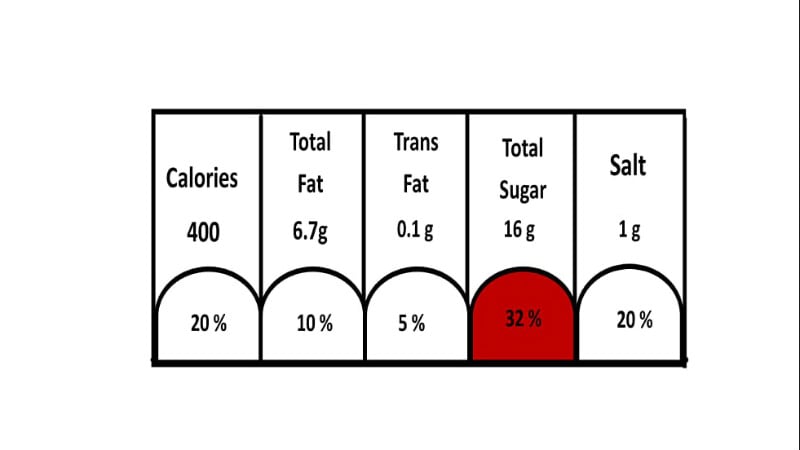According to experts from the National Institute of Nutrition (NIN), Hyderabad, the general trend in India is that brands are moving toward this direction, but a lack of awareness is hindering progress for smaller firms.
“From our personal observations, we can conclude that many big brands are now shifting towards responsible labelling,” NIN Health Communication and food labelling researchers Dr G.M. SubbaRao and Richa Pande told FoodNavigator-Asia.
“Sodium labelling, which was non-existent in India a few years ago, can now be found on packs of many snack food items. Some companies are even coming up with voluntary FOPs on the food packs.
“Claims are quoted very carefully on the labels, as well as food advertisements – but this is for big brands only. [For smaller brands], we can safely say that the labels of some food brands are not in sync with the labelling norms.
“The reason here could be lack of awareness amongst the small food manufacturers.”
The impact from this could potentially be massive, especially as small and medium enterprises (SMEs) make up a large portion of India’s economy. According to data from business incubator Evoma, there are an estimated 42.5 million registered and unregistered SMEs in the country, making up some 95% of the country’s total industrial units and 40% of India’s workforce.
Both Dr SubbaRao and Pande are involved in an ongoing pan-India project conducted by the which looks into forming front-of-pack nutrition labelling (FOPNL) symbols to be used for local food products, especially in making these more effective for the general public.
“At present, we are trying to assess the effectiveness of the proposed FOPNL format by Food Safety and Standards Authority of India (FSSAI) and comparing it with some of our designs,” they said.
“The proposed FSSAI front-of pack labelling format is a single-color coded symbol which can be quickly interpreted but is unfortunately comprehensible only to the educated masses.”
This is an important consideration throughout the entire downstream food chain, as not only would manufacturers need to understand and implement these, but consumer usage of food labels at present has been found to be significantly related to education levels.
“In previous studies, a direct association [has been] established between education levels of the [consumers] and in the checking of various aspects of food labels, so we have seen there is a need to take up educational activities and/or introduce new forms of labelling,” they said.
“Moving forward, we plan to work on symbols which would cater to all the requirements of the multi-lingual / diverse (socio-culturally) masses. We specifically wish to come up with symbols which could even be decoded by individuals with limited education.”
Making claims
Although Dr SubbaRao and Pande declined to reveal further information on brands which have made food labelling progress, both acknowledged that tighter regulations and more research are needed to gain better control over food labelling in the country, especially when claims are made.
“Stricter norms for health and nutrition labelling shall definitely control the amounts of false and misleading health & nutrition claims on food packs,” they said.
“Many food start-ups are coming up with healthier food alternatives and are keenly interested in cleaner labels to build a positive brand image. But we need more concrete evidence to be reassured that they are being transparent about the negative attributes as well.”
Other local labelling observations
According to the researchers, one of the most well-received labels or logos in India is also one of the simplest: the vegetarian/non-vegetarian logo on food labels. Lacto-vegetarian foods are identified by a green dot, and non-lacto vegetarian foods have a red triangle attached.
“The veg/non-veg mark / logo is very successful amongst Indian consumers. [The] symbol for non-lacto-vegetarian foods was recently improved from a red dot to a red triangle for the convenience of colour-blind consumers,” said Dr SubbaRao, who is also on FSSAI expert committees.
Other recent food labelling developments in India include organic labelling in 2017, although enforcement for this rule on small companies was postponed when the transition date ended in April 2019; and labelling to identify foods fortified with micronutrients.
These appear to have been implemented now, but the researchers added that more work is still needed to ensure clarity and accessibility for the masses.
“The organic certification mark and food fortification symbols are now present on the [relevant] food labels, but more research work is required to make labels explicit and transparent for one and all,” they said.





